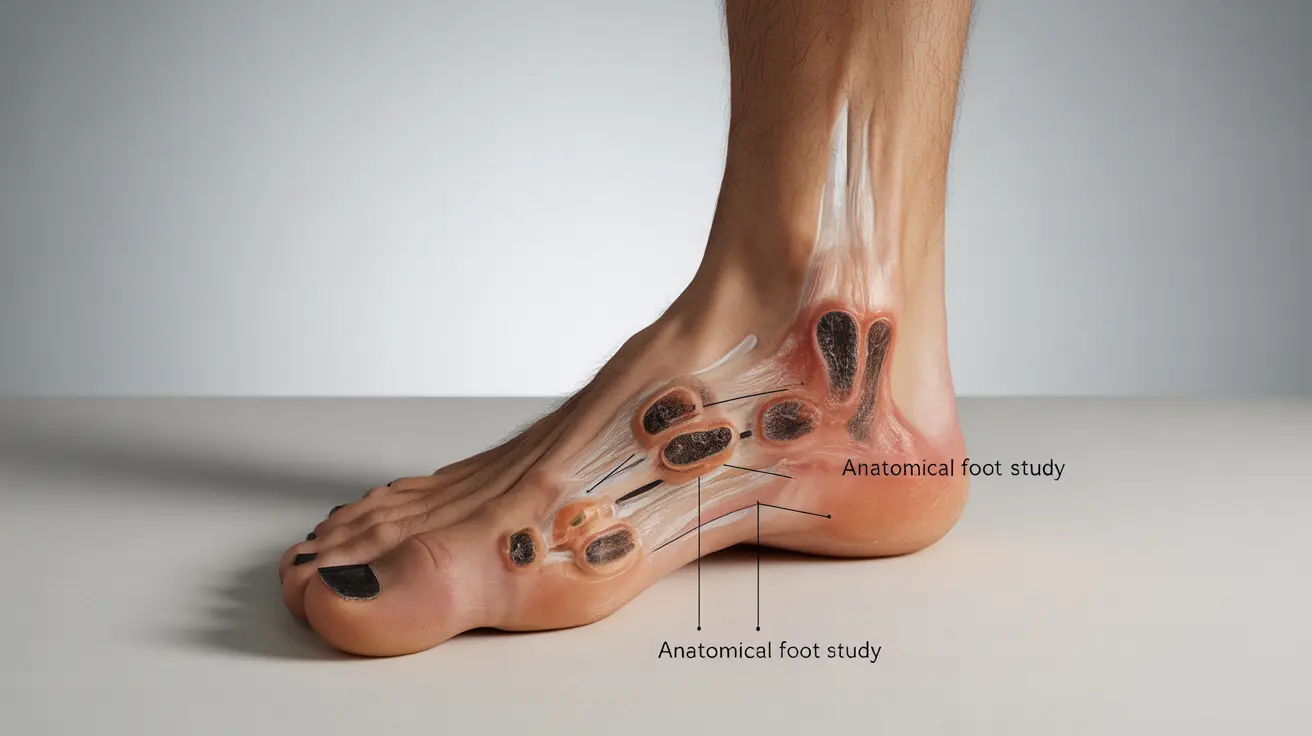For runners, foot health is paramount to maintaining an active and enjoyable running routine. Whether you're a seasoned marathoner or just starting your running journey, understanding how to care for your feet and prevent common running-related foot problems can make the difference between a successful training program and a frustrating series of setbacks.
This comprehensive guide explores the most common foot issues runners face, effective prevention strategies, and when to seek professional help. By implementing proper foot care techniques and making informed choices about footwear and training, you can keep your feet healthy and maintain your running momentum.
Common Foot Problems in Runners
Running puts significant stress on your feet, making them susceptible to various conditions. Understanding these issues is the first step in prevention and treatment.
Blisters and Hot Spots
Friction between your feet and shoes commonly leads to blisters. These painful fluid-filled pockets can develop quickly during long runs, especially when wearing new shoes or running in wet conditions. Early recognition of "hot spots" – areas of irritation before blisters form – is crucial for prevention.
Black Toenails and Nail Issues
Repetitive trauma to your toes, especially during downhill running or in tight shoes, can cause bleeding under the nail, leading to blackening. While usually not serious, black toenails can be painful and may eventually fall off if not addressed properly.
Plantar Fasciitis
This inflammation of the band of tissue connecting your heel to your toes causes sharp heel pain, especially in the morning. Overtraining, improper footwear, and tight calf muscles are common contributors to this condition.
Preventive Measures and Proper Footwear
Choosing the Right Running Shoes
Proper shoe selection is crucial for preventing foot problems. Consider these factors:
- Get professionally fitted at a specialty running store
- Choose shoes based on your foot type and running style
- Allow enough toe room (about thumb's width)
- Replace shoes every 400-500 miles
- Consider your running surface and training intensity
Proper Sock Selection
Quality running socks can significantly reduce friction and moisture, preventing many common foot problems:
- Choose moisture-wicking materials
- Avoid 100% cotton socks
- Consider anatomical designs for better fit
- Use proper thickness based on shoe fit
- Consider double-layer socks for blister prevention
Training Modifications and Recovery
Smart training practices help prevent foot injuries and promote recovery:
- Gradually increase mileage (10% rule)
- Include rest days in your training schedule
- Cross-train to reduce impact stress
- Practice proper running form
- Listen to your body and address discomfort early
Frequently Asked Questions
What are the most common foot problems runners experience, and how can I recognize the symptoms?
The most common issues include blisters, black toenails, plantar fasciitis, and metatarsalgia. Watch for pain, discomfort, redness, swelling, or changes in toenail color. Early warning signs often include persistent soreness, especially after running.
How can I prevent blisters, black toenails, and plantar fasciitis when running regularly?
Prevent these issues by wearing properly fitted shoes and moisture-wicking socks, keeping toenails trimmed, gradually increasing mileage, and maintaining good foot strength and flexibility through specific exercises. Regular stretching of the calves and feet can help prevent plantar fasciitis.
What type of running shoes are best for preventing foot injuries, and how often should I replace them?
The best shoes depend on your foot type, running style, and training needs. Replace shoes every 400-500 miles or when you notice significant wear patterns. Signs it's time to replace include worn treads, compressed cushioning, or new aches and pains.
How do I treat common runner's foot issues like athlete's foot or metatarsalgia at home, and when should I see a doctor?
For minor issues, follow RICE (Rest, Ice, Compression, Elevation). Use over-the-counter treatments for athlete's foot. See a doctor if pain persists for more than a week, severely impacts your walking, or if you notice signs of infection.
What lifestyle and training changes can help reduce the risk of foot pain and injuries in runners?
Implement gradual training progression, maintain proper form, include rest days, cross-train, and keep a healthy weight. Regular foot strengthening exercises, proper hydration, and good overall nutrition also help prevent foot problems.




